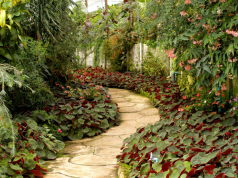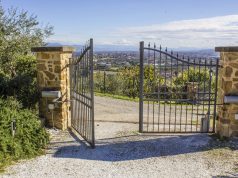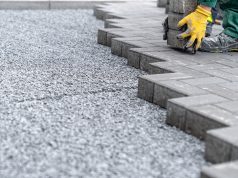A conservatory can offer the extra space you need. You may get a high-quality extension or planning permission if you know a thing or two about building conservatories Essex.
This post will help you discover things to know when building a conservatory.
Building Regulations
Most conservatories require a planning permit before their construction. Your local planning office can guide you on the specific rules and requirements in your area. However, common ones include:
- You can extend semi-detached or detached houses by up to 115% of the home’s volume or 70 cubic metres, whichever is greater. The allowance includes any extensions done in the past.
- End-of-terrace and terraced houses have the same rules as detached/semi-detached ones, but their limit is 50 cubic metres.
- You may not get a planning permit if the conservatory shields over half the garden. The extension shouldn’t be 20 metres or less from a public footpath or road.
- You may struggle to get a planning permit if the conservatory juts out by over 3 metres from your house. This extension will affect neighbours’ enjoyment of their homes. The rule also applies if the extension is within 2 metres of the property’s boundary and its highest point is at least 4 metres.
- The law may require you to use glass or hardwood if your property is in a conservation area or is a Grade II listed house.
Designing and Styling the Conservatory
The new space shouldn’t dwarf your property. It shouldn’t also occupy a significant portion of your garden. Size it properly to achieve these objectives.
Have an illustration of how your fixtures and furniture will fit in the conservatory. This step helps you discover the space you need. Add appropriate furnishings for the conservatory’s purpose and don’t damage under prevalent conditions, such as sunlight.
The common materials used to construct a conservatory include:
- Aluminium: This material enables you to add more glass to the extension. It isn’t well insulated, and it is expensive. You may use it if the conservatory doesn’t have a brick wall under the windows.
- Hardwood: Use this material to get a traditional feel. Most woods are from oak or mahogany. You do a lot of maintenance to keep it in excellent condition.
- uPVC: You can mould this thermoplastic into any shape when you heat it, then allow it to cool to be rigid. Strengthen it with aluminium for the conservatory’s doors, frames, and roof. It won’t discolour if it is high-quality. This material lasts long, doesn’t need a lot of maintenance work, and is affordable.
Your flooring depends on the conservatory’s purpose. Choose wooden or tiles flooring to get an outside vibe. A carpet can suit an extension for dining.
Where To Build a Conservatory
Most people build a conservatory on the back of their house, leading out to their garden. One may also have them in the property’s front or side. Build them on the ground floor level to make them feel part of your garden and avoid planning challenges. You may build them on an upper level if this design doesn’t interfere with your property’s planning or break any regulations.
You may have the conservatory in any direction. Consider the sun’s rays to avoid having too hot summers. It can be east-facing if it is a breakfast room or west-facing if it has many plants.
You may build one where you can use your heating and ventilation systems. Consult the relevant specialists to avoid straining existing setups or install new ones well.
Keeping these considerations in mind will help you have an excellent conservatory. Its construction will comply with relevant laws, and it will serve the vital purposes that warranted its construction.













